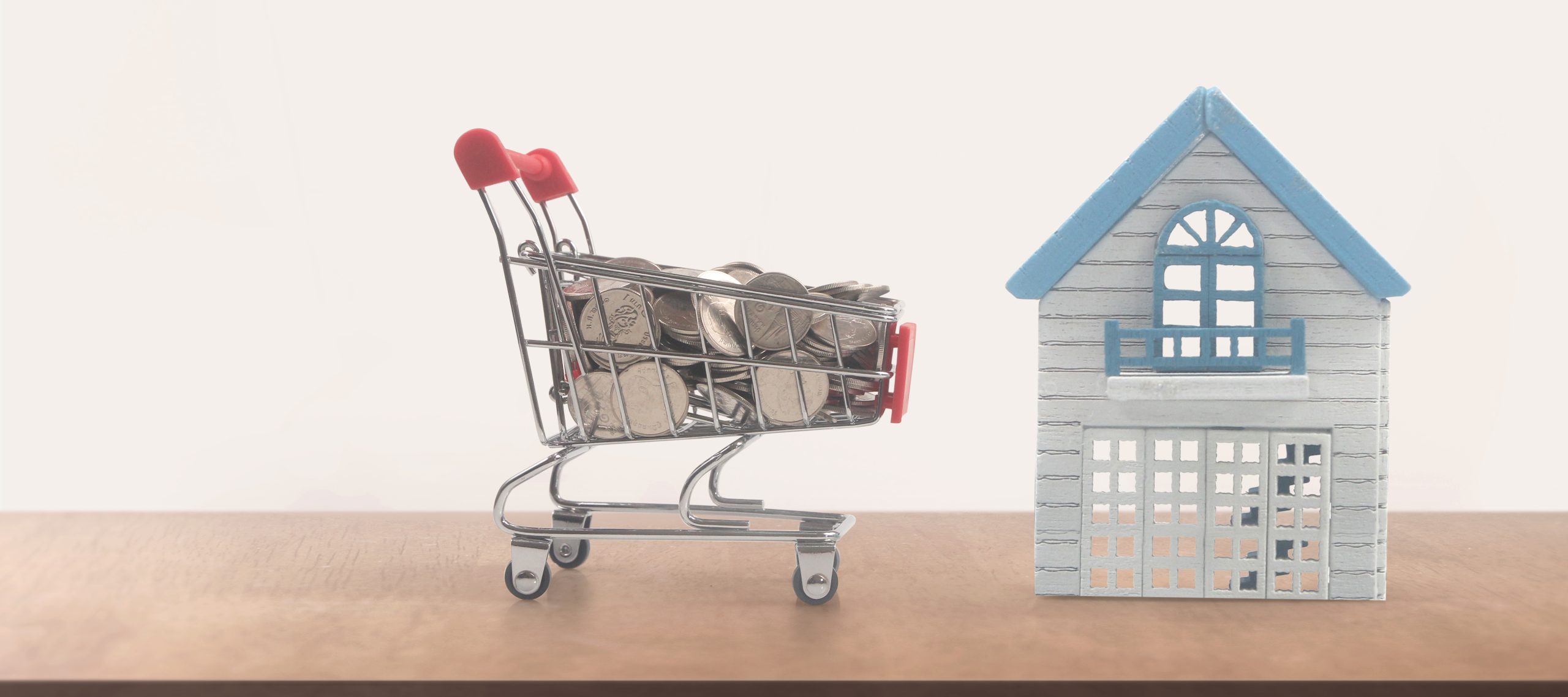Homebuyers Take Risks in a Market Full of Hurdles: Navigating the 2025 Housing Landscape
The U.S. housing market in 2025 remains a tough terrain for prospective buyers, as challenges around mortgage rates, home prices, and affordability continue to escalate. Faced with rising costs, homebuyers are taking on more risks to secure their dream homes, according to HomeLight’s 2025 Lender Insights & Predictions survey.
The survey reveals that 71% of loan officers have noticed a significant increase in buyers willing to take on fixer-upper properties, explore unconventional financing options, or accept high mortgage rates, despite long-term financial concerns.
Many first-time homebuyers are stretching their budgets to the limit. A recent report from NerdWallet, using data from Q2 2024, found that the average monthly housing payment now totals $3,500—nearly 49% of the typical earnings for buyers in the age group of first-time homebuyers. As home prices continue to rise, affordability remains an ever-growing issue.
Alex Peters, a California-based lending officer for Bluefire Mortgage Group, highlighted the issue: “Rates aren’t coming down as quickly as initially anticipated; people are overextending themselves, hoping prices will eventually drop. They’re using features like short-term buydowns but can’t truly afford the full payment.”
The affordability crisis goes beyond monthly mortgage payments. According to Attom’s Q4 2024 Home Affordability Index, the down payment on a median-priced home has reached $72,950—almost on par with the average annual salary of $89,649. Additionally, rising property insurance premiums and property tax hikes, particularly in disaster-prone regions like the Southeast and West, have added financial strain on homeowners.
“I believe the worries for the market are closely tied to location,” said Reid Waltzer, a finance officer based in New Jersey for CrossCountry Mortgage. “Buyers now need to understand their local market more than ever.”
Shifting Trends in Homeownership
To cope with rising prices, many buyers are turning to multigenerational housing and accessory dwelling units (ADUs). A 2024 Marketplace report revealed a significant increase in multigenerational living, driven by affordability challenges.
“Multi-generational homes have become an increasing trend as families search for ways to make homeownership more affordable,” explained Judy L. Jones, a loan officer with Lower-backed Universal Lending Home Loans in Colorado. “With current interest rates and high home prices, many young people are staying longer in their parents’ homes and contributing financially to help with housing costs.”
ADUs are also becoming more popular, as homeowners look for rental income opportunities to offset mortgage payments. “ADUs are in huge demand right now. Every buyer is looking for a property with a basement to rent out,” said Andreia Faustino, a loan officer based in Utah with American Pacific Mortgage.
Financial Strain and Nontraditional Financing
Lenders also report increasing concerns over rising property taxes and insurance costs. In California, for instance, State Farm recently requested a 22% rate hike following devastating wildfires in the Los Angeles area.
“We’re seeing many mortgages written at maximum debt-to-income ratios. When taxes and insurance increase, buyers struggle to manage their homes,” said Matt Hefner, a loan officer with Fairway Independent Mortgage Corp.
Meanwhile, climate-related risks are also impacting property values. A report from First Street estimated that climate change could lead to a $1.5 trillion decline in real estate value over the next 30 years, affecting property fundamentals and driving up insurance costs.
As affordability concerns mount, more buyers are turning to nontraditional mortgage products, such as interest-only loans, adjustable-rate mortgages, and balloon loans. HomeLight’s survey found that 75% of lenders have seen a rise in these alternative financing options.
“Nontraditional loans are attracting customers due to their reduced barriers to funding—less paperwork, fewer restrictions, and lower invasiveness,” said Dirk Nelson, a California-based loan officer.
Nonqualified mortgages (non-QMs), which offer an alternative for buyers with nontraditional financial situations, are also gaining traction. CoreLogic reports that non-QM loans represented 5% of mortgage originations in 2024, up from less than 3% in 2020.
“Being self-employed and using tax returns with big write-offs can be challenging,” said Troy Wager, a finance officer with Fairway Mortgage. “Non-QMs offer a solution for buyers who don’t fit the traditional mold.”
AI’s Growing Role in Mortgage Lending
The mortgage industry is increasingly relying on artificial intelligence (AI) for underwriting. HomeLight, for example, raised $20 million in 2024 to fund its AI-powered “Buy Before You Sell” product, designed to simplify financing options for buyers.
However, the rise of AI in mortgage lending has sparked concerns about bias. A study by Lehigh University found that AI models often exhibit racial discrimination, charging Black applicants higher interest rates or denying loans at higher rates compared to white applicants.
“This suggests that AI is learning from biased data, reflecting historical racial disparities in mortgage lending,” the study noted, urging for human oversight in AI-driven decision-making.
Despite the rapid adoption of AI, many loan officers emphasize the importance of human judgment in the mortgage process.
“AI is great for straightforward applications and reducing loan production costs, but it’s not ideal for complex deals,” said Shane Weicberger, a loan officer with CrossCountry Mortgage in Pennsylvania.
Strategies for Homebuyers in 2025
As the housing market remains challenging, loan officers urge homebuyers to be strategic in their planning.
“Don’t get fixated on finding the ‘perfect’ first home,” suggested Jay Atterstrom, a Texas-based loan officer with Main Residential Mortgage. “Instead, think of your first home as an investment property that can be preserved and transformed.”
Some lenders have also noticed an increase in estate sales, as homeowners locked into lower mortgage rates are hesitant to sell.
“I’ve seen a huge increase in buyers purchasing homes from estates. In today’s market, it feels like half the homes being sold are part of an estate,” said Matt Hunter, a loan officer.
For prospective buyers, it’s essential to consult with a lender early, explore financing options for first-time buyers or those who haven’t owned a home in the last three years, and work on improving credit scores and paying down debt before diving into the market.









